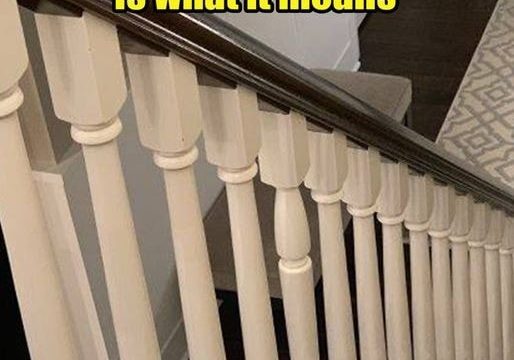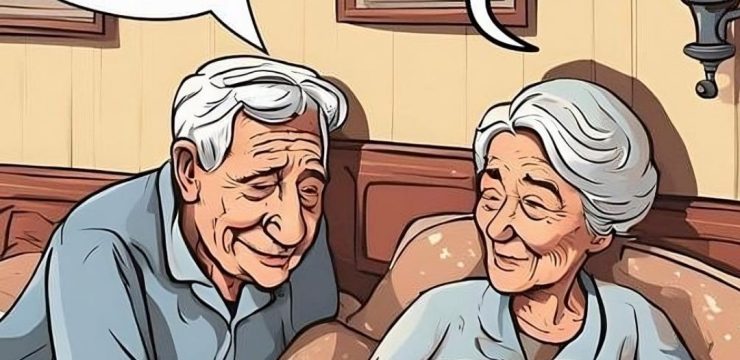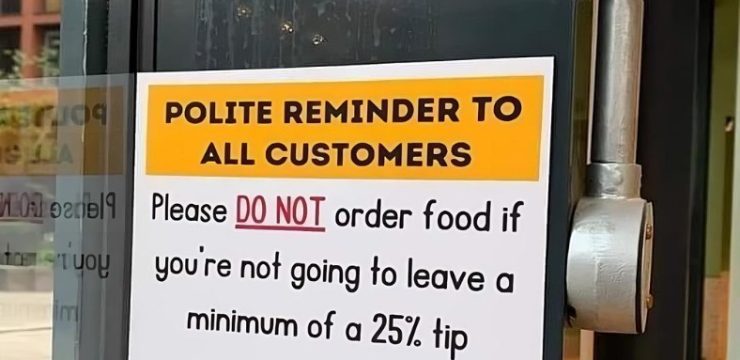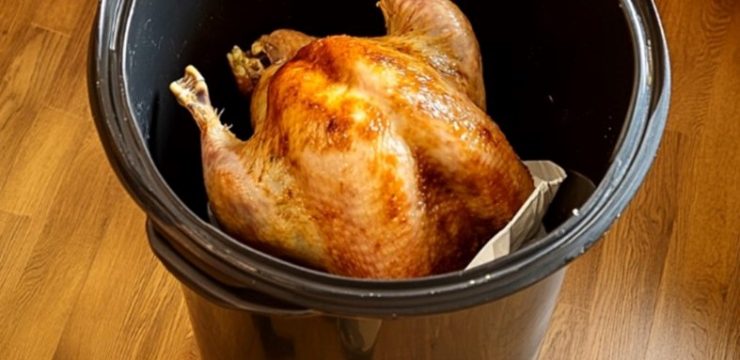Discovering damage on your partner’s car, especially on the tires or rims, can be alarming. Issues like sidewall cuts or curb rash on rims are common but need attention to ensure safe driving. Let’s break down the types of tire and rim damage, their causes, and the best steps for repairs or replacements.

Understanding Sidewall Damage: A Key Safety Concern
The tire’s sidewall is particularly vulnerable, unlike the thicker tread area designed for road contact. Damage here often involves cuts, punctures, or cracks, which can affect the tire’s performance and safety.
What Causes Sidewall Damage? Sidewall cuts typically happen when the tire scrapes against curbs, debris, or rough surfaces. Underinflated tires are especially at risk since they flex more, making them more susceptible to cuts.
Why Sidewall Damage is Serious Sidewall damage goes beyond cosmetic issues; it directly affects safety. Unlike tread punctures, which are often repairable, sidewall cuts cannot be safely fixed. This area endures high stress, making any damage prone to blowouts, especially at high speeds. If a sidewall cut is significant, replacing the tire immediately is the safest option.
Curb Rash on Rims: Causes and Concerns
Curb rash refers to scratches or scuffs on the rim, often occurring when a car brushes against a curb during parking or sharp turns.
Why Rims Get Damaged The rim takes a hit when the sidewall makes contact with curbs or rough surfaces, which can be common when parking close to curbs or misjudging tight turns. This is especially common in tight parking spaces or narrow streets.
Is Curb Rash a Big Problem? While curb rash doesn’t pose an immediate danger like sidewall damage, deep scratches can lead to issues over time. Significant rim damage can affect the tire’s ability to hold a proper seal, potentially causing slow air leaks. Cosmetic damage can be repaired, but if scratches are deep or the rim is bent, replacement may be necessary.
What to Do When You Spot Damage on the Tire or Rim
If you notice damage on your partner’s car, don’t panic. Here are some essential steps to follow:
- Inspect the Tire Sidewall
- Look for cuts or cracks, especially those that reveal the inner layers of the tire. If you spot deep damage, avoid driving and call for a tow to a tire shop.
- Check Tire Pressure
- Cuts in the sidewall can cause pressure loss. Use a gauge to check if the tire holds air. If it’s low, inflate it temporarily and drive slowly to a service center.
- Evaluate the Rim’s Condition
- Check for scratches, bends, or cracks on the rim. Minor scratches can be fixed, but significant damage requires professional help. Bent or cracked rims should be replaced.
Why Tire Replacement is Essential for Sidewall Damage
If there’s noticeable sidewall damage, replacing the tire is the only safe choice. Here’s why:
- No Reliable Repairs: Sidewalls can’t be patched because of the constant stress they endure.
- High Risk of Blowouts: Weak sidewalls are prone to sudden blowouts, especially at high speeds.
- Immediate Replacement: Driving with sidewall damage endangers everyone in the car, so replacing the tire is non-negotiable.
Addressing Curb Rash: Repair or Replace?
While curb rash is mainly cosmetic, it’s worth addressing to ensure both appearance and function.
- DIY Repair Kits: Minor scratches can be smoothed out with DIY kits, which include sandpaper, filler, and paint for light touch-ups. However, these are only effective for surface-level scratches.
- Professional Rim Repair: For more severe scratches, professionals can restore the rim through sanding, buffing, and repainting.
- When to Replace the Rim: Bent or cracked rims should be replaced to avoid handling issues, vibrations, or premature tire wear.
Could the Damage Suggest a Bigger Problem?
While tire and rim damage can happen to anyone, repeated issues could indicate underlying problems:
- Driving Habits: Frequent sidewall cuts or curb rash could suggest a habit of driving too close to curbs or making tight turns. Consider discussing driving practices to prevent further damage.
- Alignment and Suspension Issues: Frequent tire damage might hint at alignment or suspension issues, so it’s a good idea to get the car checked.
- Parking Situations: Regularly parking in tight or busy spaces increases the risk of damage. Opt for wider parking spaces to reduce future incidents.
Conclusion: Act Quickly to Address Tire and Rim Damage
Spotting damage like sidewall cuts or curb rash can be concerning, but quick action is crucial for safety. While sidewall damage demands immediate tire replacement, curb rash can often be fixed depending on the severity. To keep the car running smoothly and safely, be proactive in addressing these issues, encourage safe driving habits, and choose parking spots that minimize damage risks. Remember, keeping an eye on tire and rim health ensures a safer, smoother ride for everyone.





